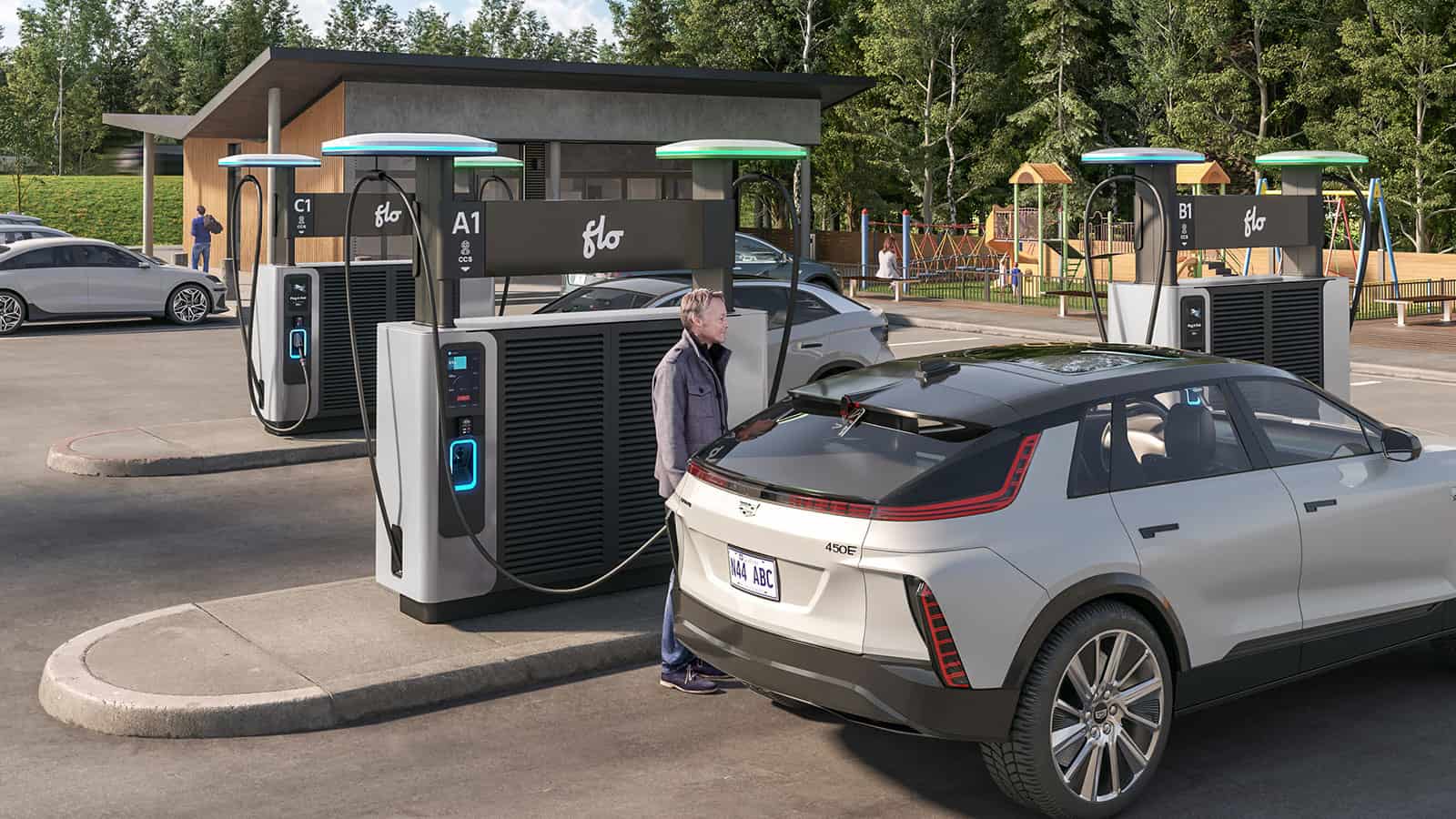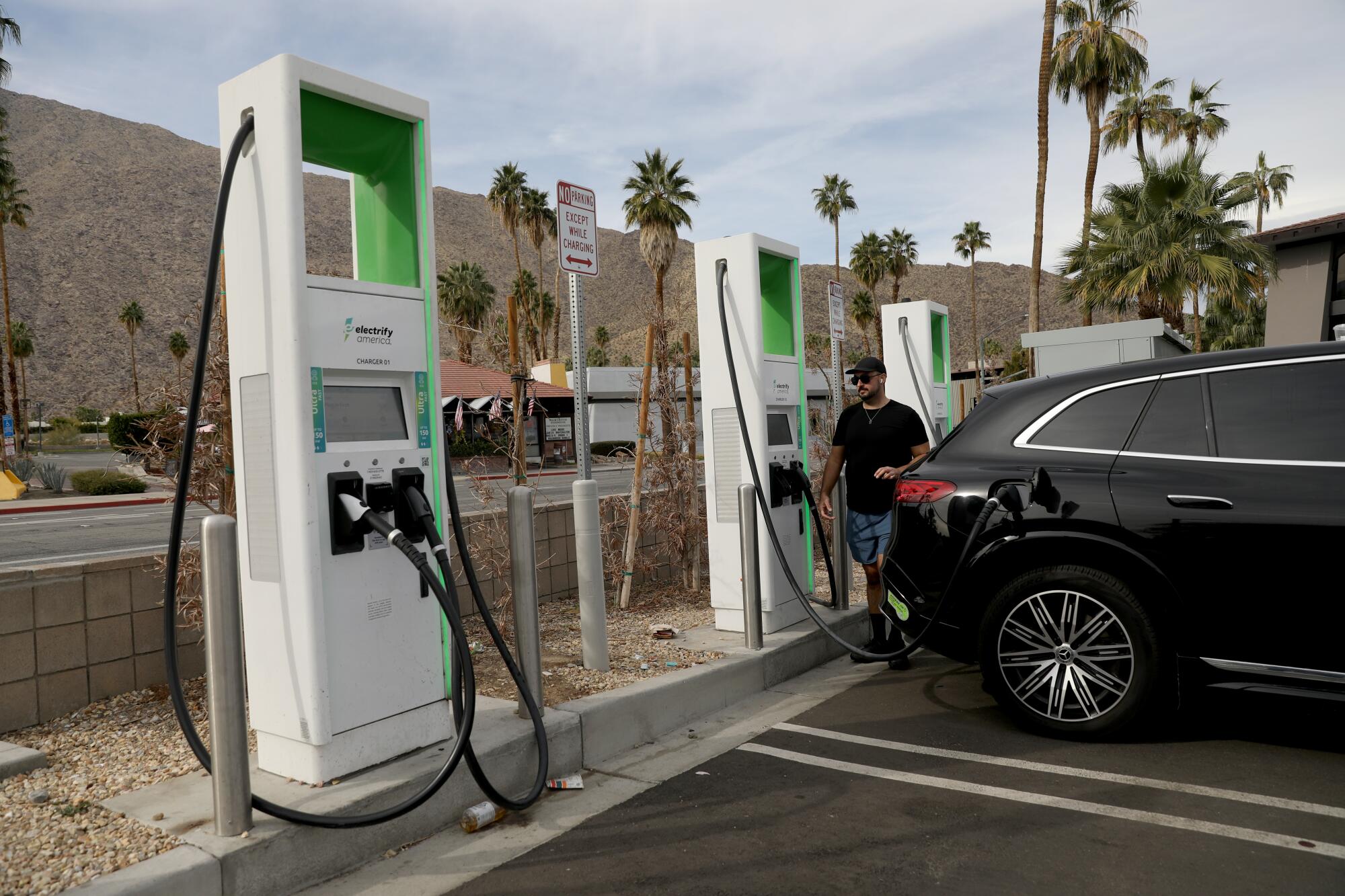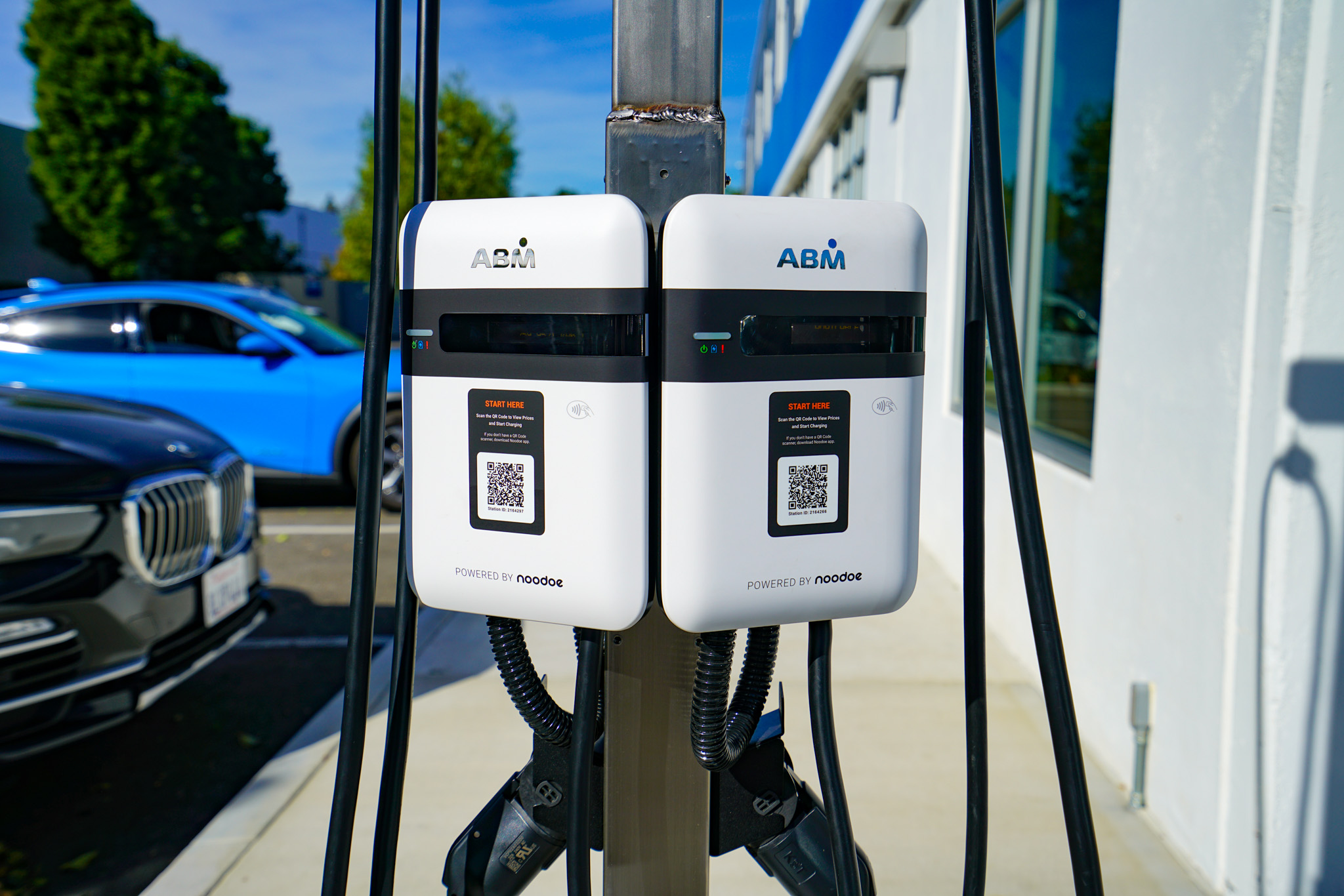The Future of Electric Vehicles and Why You Should Buy EV Charging news Now
The Future of Electric Vehicles and Why You Should Buy EV Charging news Now
Blog Article
Top EV Charging News: Trick Updates on Facilities and Advancement

Recent Advancements in Fast-Charging Innovation

Moreover, developments in battery innovation, consisting of boosted thermal management systems and greater energy thickness batteries, complement fast-charging capacities. These growths minimize the threat of battery degradation throughout quick charging, guaranteeing long life and performance for EV proprietors.
Furthermore, the integration of wise billing options is improving customer experience, allowing real-time surveillance and vibrant pricing models. EV Charging news. This versatility enables chauffeurs to maximize billing expenses and times based on grid need
As car manufacturers continue to invest in fast-charging networks, the cooperation between industry stakeholders is essential. Partnerships between charging station providers and automobile manufacturers are leading the way for comprehensive coverage, eventually promoting a much more durable EV ecosystem. These improvements are essential in sustaining the change to sustainable transport.
Federal Government Campaigns for Charging Expansion
Federal government efforts play an important duty in the development of electric car (EV) billing facilities, helping with the shift to lasting transport. Various federal and state programs are being executed to improve charging ease of access, decrease the financial worry on consumers, and promote the fostering of electrical cars.
Significantly, the U.S. federal government has actually assigned substantial funding via the Facilities Investment and Jobs Act, which earmarks $7.5 billion for EV billing network development across the country. This financing is focused on releasing countless brand-new charging stations, especially in underserved areas, thus resolving range anxiety among potential EV buyers.
Furthermore, various states are enacting regulations to streamline the permitting procedure for billing terminal installments, which is important for speeding up implementation. Rewards such as tax obligation credit histories and rebates for both consumers and companies are additionally being presented to motivate the installment of charging facilities.
Moreover, public-private collaborations are progressively coming to be an emphasis, leveraging private investment to enhance government financing. These initiatives emphasize a joint method important for developing a reliable and comprehensive EV billing network, ultimately contributing to a greener and even more lasting future.
Innovative Battery Solutions Enhancing Effectiveness
Revolutionizing the landscape of electrical vehicle (EV) innovation, innovative battery options are substantially enhancing effectiveness and efficiency. Advances in battery chemistry, particularly with lithium-sulfur and solid-state batteries, are leading to raised power density, which permits longer ranges and faster charging times. These brand-new battery types have the potential to surpass typical lithium-ion batteries by using greater capacities while minimizing weight, therefore improving overall car performance.
Moreover, advancements in battery monitoring systems (BMS) are maximizing power use and extending battery life expectancy. Smart formulas keep track of battery health and wellness and efficiency, enabling real-time modifications to charging and releasing procedures. This not just improves the efficiency of the battery however additionally makes sure a much more sustainable and reliable power resource for EVs.
In addition, the integration of reusing innovations is dealing with the ecological effect of battery manufacturing and disposal. Developments in second-life applications for EV batteries are promoting their use in power storage space systems, contributing to a round economic climate.
As these innovative battery solutions remain to evolve, they promise to transform the EV market, making electric cars much more appealing and accessible to a more description comprehensive target market while sustaining international sustainability objectives.

Collaboration In Between Automakers and Charging Networks
Recognizing the vital demand for a durable billing facilities, automakers are significantly collaborating with charging network carriers to improve the EV ownership experience (EV Charging news). These collaborations aim to create a seamless charging environment that benefits consumers and supports the transition to electrical lorries
Significant auto brands are signing up with forces with well-known billing networks to increase their billing station coverage, making sure motorists have accessibility to hassle-free and dependable charging options. As an example, partnerships with networks like ChargePoint and Electrify America allow automakers to incorporate charging solutions straight right into their lorries' navigation systems, leading customers to the nearest terminals and giving real-time availability updates.
Furthermore, these cooperations commonly result in the advancement of fast-charging technologies that substantially reduce the moment needed to reenergize an EV. By merging sources and knowledge, automakers and charging networks can introduce faster, producing solutions that satisfy the expanding need for electrical wheelchair.
Furthermore, joint efforts may also cause more standard billing methods, which can alleviate consumer complication and advertise more comprehensive EV adoption. On the whole, these strategic partnerships are critical in building a reliable and user-friendly billing infrastructure that meets the requirements of a broadening electrical lorry market.
Difficulties Dealing With EV Billing Facilities
As the electric lorry market proceeds to expand, numerous obstacles are surfacing that prevent the advancement of a comprehensive billing facilities. Among the main obstacles is the not enough number of billing stations, specifically in underserved and rural urban locations. This space creates range stress and anxiety among possible EV purchasers, preventing them from making the button.
In addition, the lack of standardization in billing innovation makes complex the infrastructure landscape. Variants in plug kinds and billing rates can develop complication for individuals and boost operational intricacies for billing network operators. The assimilation of billing terminals into existing electric grids positions substantial obstacles. Lots of areas deal with ability constraints, requiring considerable financial investments in grid upgrades to suit boosted need.
One more pushing problem is the high expense connected with the setup and maintenance of billing terminals, which can be an obstacle for both public entities and private services. Ultimately, governing difficulties and zoning limitations can delay the implementation of charging framework, hindering development in increasing vital services. Attending to these difficulties will be vital for promoting a robust EV community that sustains the shift to lasting transport.
Conclusion
Finally, the recurring innovations in EV charging innovation, supported by considerable federal government efforts and innovative battery solutions, are crucial for the growth and efficiency of electric vehicle infrastructure. Collaborations in between automakers and charging providers additionally boost terminal protection, addressing the growing demand for obtainable billing alternatives. In spite of difficulties that continue within the visit here EV charging landscape, these advancements represent a positive trajectory towards a more efficient and sustainable electric vehicle ecosystem.
Innovations in billing framework have actually led to the advancement of ultra-fast chargers capable of delivering up to 350 kW of power, considerably decreasing billing times. Variants in plug kinds and charging speeds can develop complication for individuals and boost operational complexities for billing network drivers.In final thought, the ongoing advancements click here now in EV billing innovation, supported by substantial federal government efforts and innovative battery remedies, are critical for the growth and efficiency of electrical automobile infrastructure. Partnerships between car manufacturers and charging service providers further boost station insurance coverage, attending to the growing need for easily accessible charging choices. Despite obstacles that persist within the EV billing landscape, these advancements indicate a positive trajectory in the direction of a much more lasting and effective electrical car ecological community.
Report this page